In the face of ongoing stock market volatility in March 2025, investors may find dividend stocks like Chevron (NYSE: CVX) appealing. For those looking to generate passive income or add diversification to their growth-heavy portfolios, Chevron offers a unique opportunity. Let’s examine its revenue growth, profitability, cash flow, return on invested capital (ROIC), dividend yield, and valuation to determine if Chevron is a buy at its current price.
Revenue Growth: Cyclical but Resilient
Chevron’s revenue growth tends to be volatile, heavily influenced by oil prices, global demand, and macroeconomic factors. For example, during the 2022 oil price surge, Chevron’s revenues expanded significantly, only to decline as prices normalized. This cyclical nature is typical for energy companies, so it’s important for investors to view growth over the long term rather than focus on short-term fluctuations.
Profitability and Cash Flow: Key Strengths
Chevron’s operating profit margin, while variable, highlights its ability to capture value during favorable market conditions. Most recently, its margin stood at 99.78%, albeit on a downward trend due to declining oil prices. Similarly, its cash flow from operations is consistently strong, bolstered by its asset-heavy model and non-cash expenses like depreciation and amortization. These metrics make cash flow from operations a critical figure for evaluating Chevron’s financial health, as it provides a clearer picture of sustainability than traditional profit margins.
Dividend Yield: Stability in Uncertain Markets
Chevron’s dividend yield of 4.15% is a standout feature, appealing to both passive income and dividend growth investors. Since the company retains earnings for reinvestment, investors can expect consistent payouts, with potential for dividend growth over time. This yield outpaces many alternatives in today’s market, making Chevron a reliable option for income-seeking investors.
Return on Invested Capital: Balancing Volatility
Chevron’s ROIC has demonstrated both strength and variability. Recent peaks approached 20%, though they have since declined to 9.71% due to fluctuating oil prices. Importantly, ROIC often exceeds the weighted average cost of capital (WACC), which stands at 10%. This indicates Chevron’s ability to generate value, even during challenging periods. However, long-term stability in ROIC remains a focus area for improvement.
Valuation: Fairly Priced with Undervalued Potential
Chevron’s valuation appears reasonable when analyzed from multiple angles:
- Forward Price-to-Earnings (P/E): 12.7
- Price to Free Cash Flow (P/FCF): 19
- Discounted Cash Flow (DCF) Intrinsic Value: $183 per share versus a current market price of $158.
While Chevron’s price-to-earnings and cash flow metrics suggest it may be slightly overvalued, the DCF model highlights undervalued potential, making it an intriguing option for long-term investors.
Diversification Benefits for Growth Investors
Adding Chevron to a portfolio can provide significant diversification benefits, particularly for investors heavily exposed to growth stocks. As energy prices fluctuate, Chevron’s stock often acts as a counterbalance. For instance, rising oil prices may increase expenses for consumers but also boost Chevron’s share value, offsetting the impact within a diversified portfolio.
Final Recommendation: Is Chevron a Buy in 2025?
Chevron’s robust cash flow, attractive dividend yield, and solid market position make it a buy for both dividend-focused and growth-diversifying investors. While it may not be classified as an “excellent” business due to cyclical revenue and profitability trends, its asset-heavy model and ability to generate significant cash flow support its long-term value. At its current valuation, Chevron is a worthy addition for portfolios seeking income stability and risk diversification.
https://youtu.be/vM2tm6QHIqs?si=VTdUhQiJ2Vw_SOZq
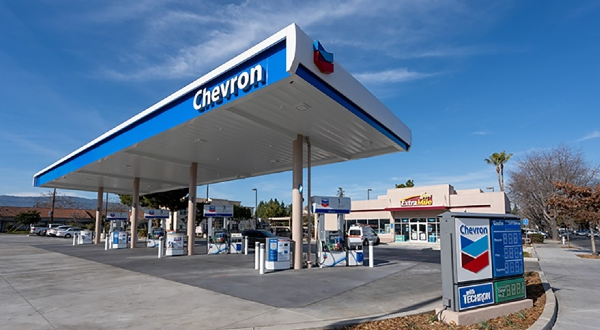


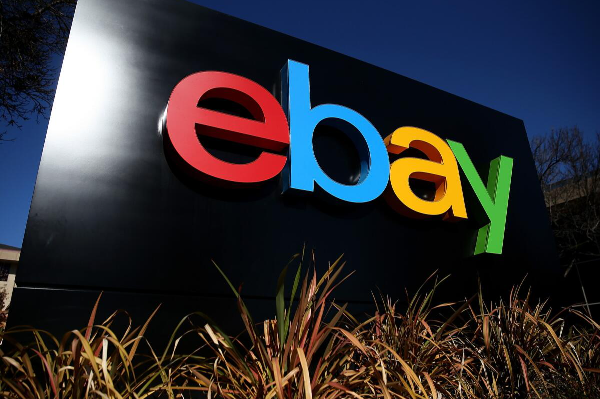
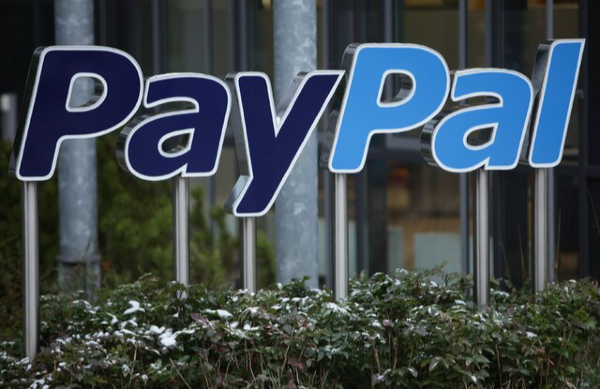




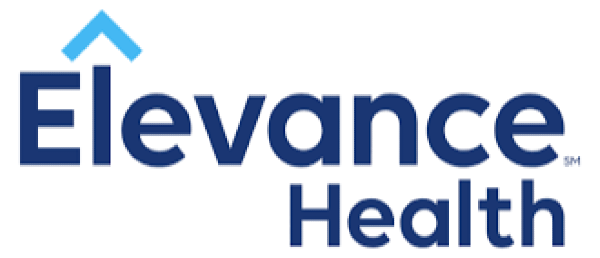
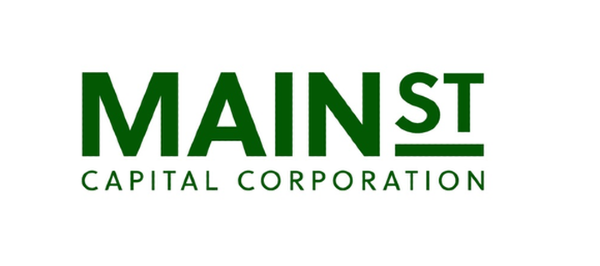

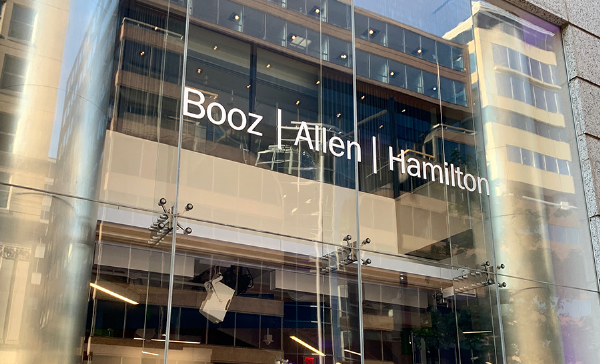

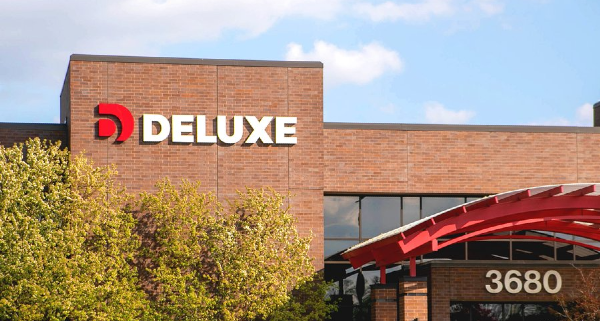


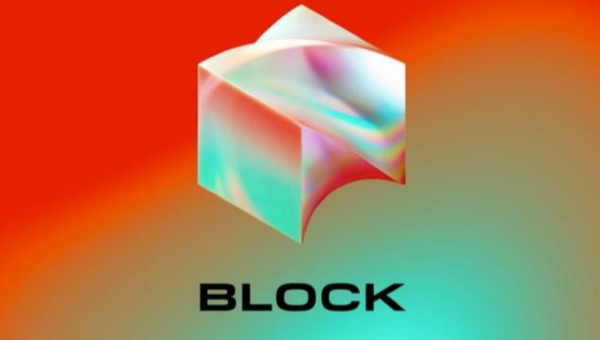
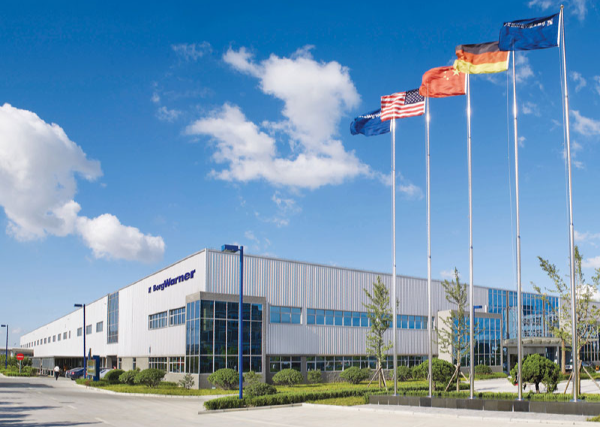
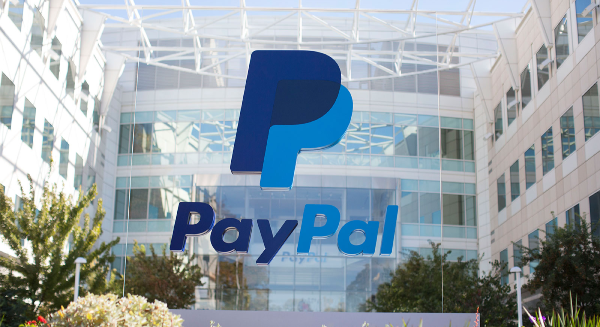

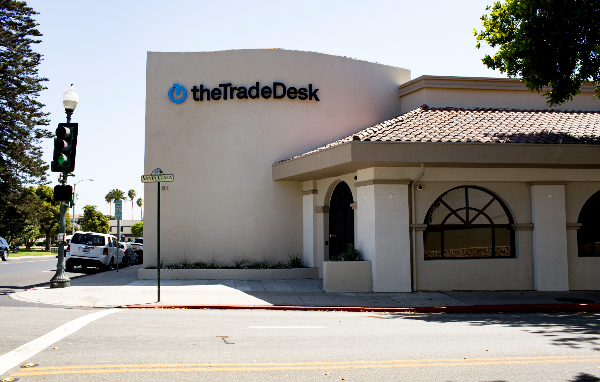
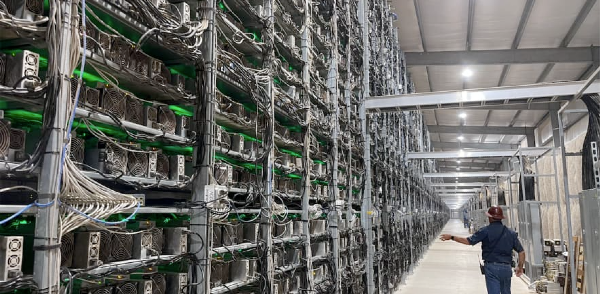








In the face of ongoing stock market volatility in March 2025, investors may find dividend stocks like Chevron (NYSE: CVX) appealing. For those looking to generate passive income or add diversification to their growth-heavy portfolios, Chevron offers a unique opportunity. Let’s examine its revenue growth, profitability, cash flow, return on invested capital (ROIC), dividend yield, and valuation to determine if Chevron is a buy at its current price.
Revenue Growth: Cyclical but Resilient
Chevron’s revenue growth tends to be volatile, heavily influenced by oil prices, global demand, and macroeconomic factors. For example, during the 2022 oil price surge, Chevron’s revenues expanded significantly, only to decline as prices normalized. This cyclical nature is typical for energy companies, so it’s important for investors to view growth over the long term rather than focus on short-term fluctuations.
Profitability and Cash Flow: Key Strengths
Chevron’s operating profit margin, while variable, highlights its ability to capture value during favorable market conditions. Most recently, its margin stood at 99.78%, albeit on a downward trend due to declining oil prices. Similarly, its cash flow from operations is consistently strong, bolstered by its asset-heavy model and non-cash expenses like depreciation and amortization. These metrics make cash flow from operations a critical figure for evaluating Chevron’s financial health, as it provides a clearer picture of sustainability than traditional profit margins.
Dividend Yield: Stability in Uncertain Markets
Chevron’s dividend yield of 4.15% is a standout feature, appealing to both passive income and dividend growth investors. Since the company retains earnings for reinvestment, investors can expect consistent payouts, with potential for dividend growth over time. This yield outpaces many alternatives in today’s market, making Chevron a reliable option for income-seeking investors.
Return on Invested Capital: Balancing Volatility
Chevron’s ROIC has demonstrated both strength and variability. Recent peaks approached 20%, though they have since declined to 9.71% due to fluctuating oil prices. Importantly, ROIC often exceeds the weighted average cost of capital (WACC), which stands at 10%. This indicates Chevron’s ability to generate value, even during challenging periods. However, long-term stability in ROIC remains a focus area for improvement.
Valuation: Fairly Priced with Undervalued Potential
Chevron’s valuation appears reasonable when analyzed from multiple angles:
While Chevron’s price-to-earnings and cash flow metrics suggest it may be slightly overvalued, the DCF model highlights undervalued potential, making it an intriguing option for long-term investors.
Diversification Benefits for Growth Investors
Adding Chevron to a portfolio can provide significant diversification benefits, particularly for investors heavily exposed to growth stocks. As energy prices fluctuate, Chevron’s stock often acts as a counterbalance. For instance, rising oil prices may increase expenses for consumers but also boost Chevron’s share value, offsetting the impact within a diversified portfolio.
Final Recommendation: Is Chevron a Buy in 2025?
Chevron’s robust cash flow, attractive dividend yield, and solid market position make it a buy for both dividend-focused and growth-diversifying investors. While it may not be classified as an “excellent” business due to cyclical revenue and profitability trends, its asset-heavy model and ability to generate significant cash flow support its long-term value. At its current valuation, Chevron is a worthy addition for portfolios seeking income stability and risk diversification.
https://youtu.be/vM2tm6QHIqs?si=VTdUhQiJ2Vw_SOZq